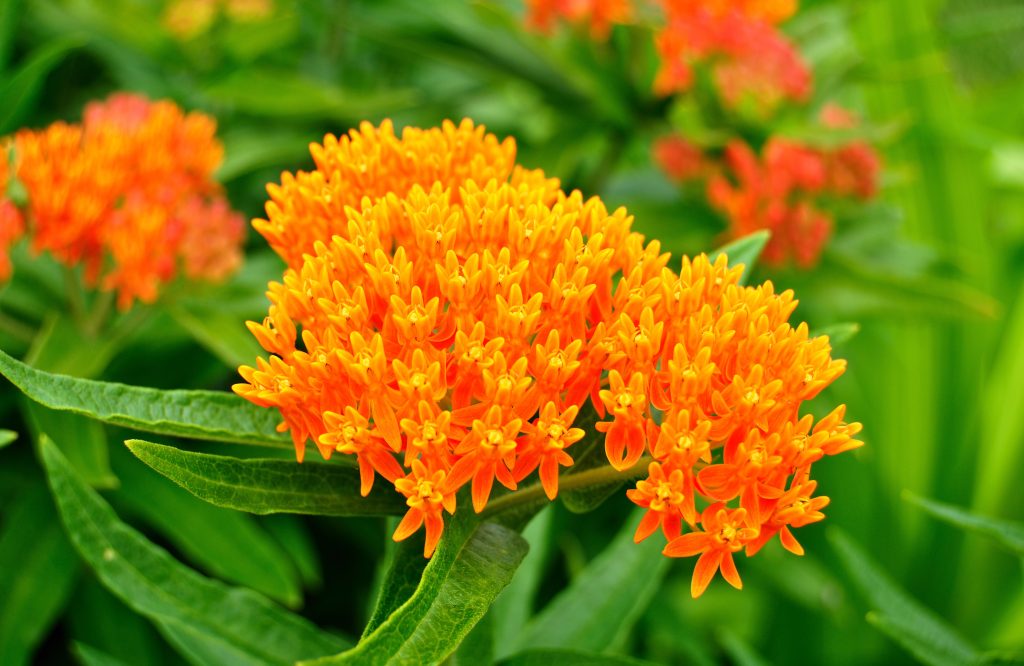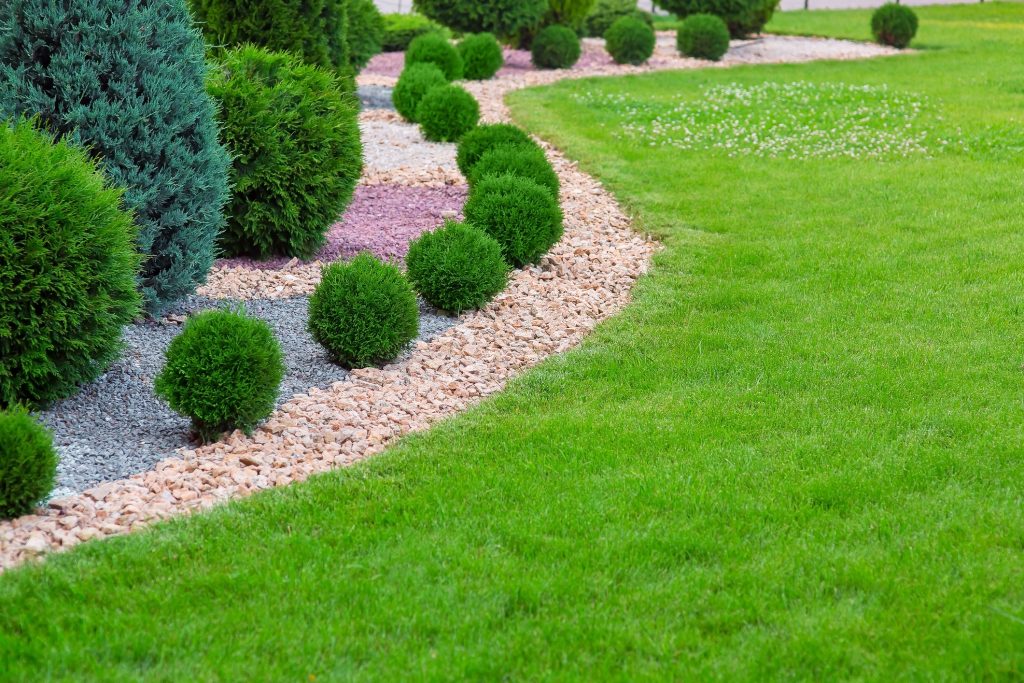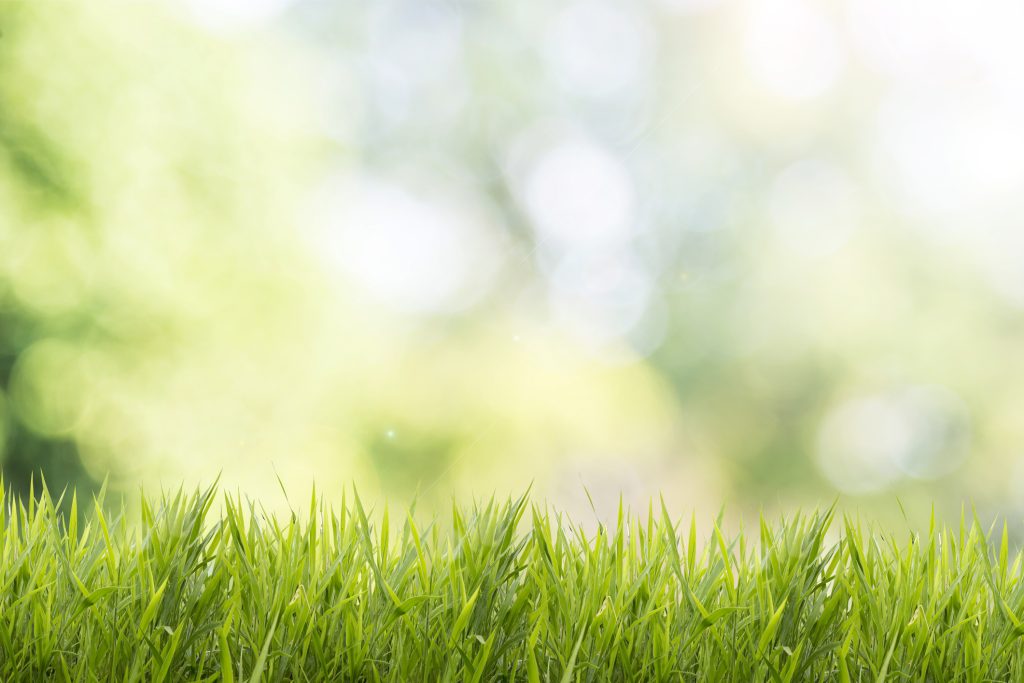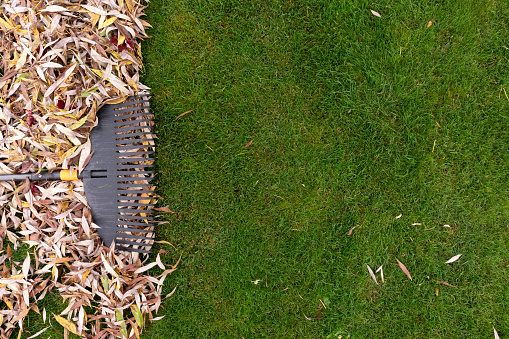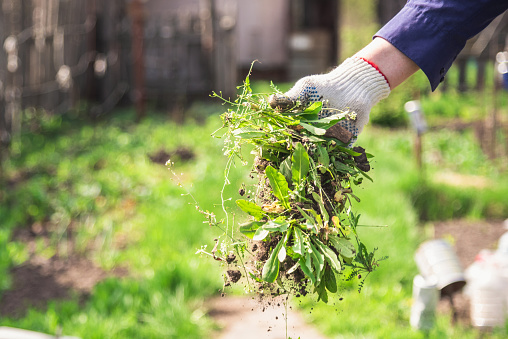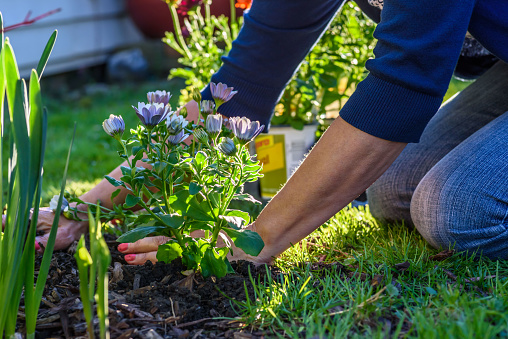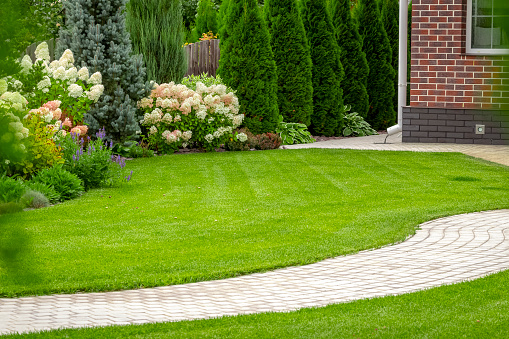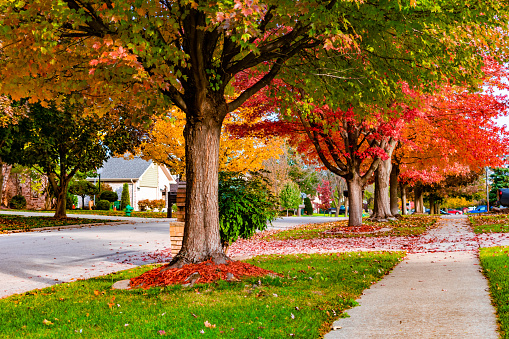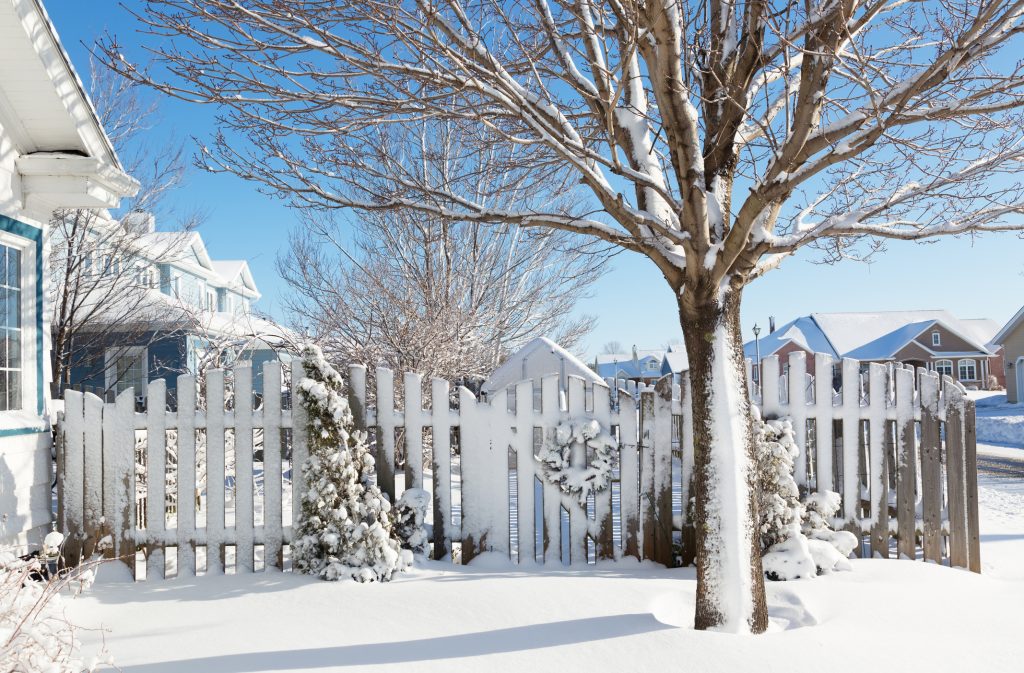
Winter has finally arrived. Many people tend to forget about their yard maintenance duties during the winter months, but there are still important steps homeowners should take to maintain their landscapes during this season. Giovine Landscaping has compiled this guide of winter yard maintenance tips to help homeowners maintain their property this winter.
Preparing Your Lawn For Winter
Protecting your lawn is important all year round, but winter presents unique challenges. Here are a few tips that every homeowner should know so that they can get their lawn ready for the frosty conditions of winter:
- Rake leaves and remove garden debris from your lawn. Leaving leaves, branches, and other debris on your lawn over the winter can smother your grass, stunting its growth, or even killing it. It is important to remove any debris from your lawn before the first snowfall of the season.
- Aerate your lawn before the first frost. You should give your grassroots extra air over the winter by aerating your lawn before the first frost. You can use a spade to take out spikes of soil across your yard or you can rent a larger manual or motorized aerator.
- Fertilize your lawn with winter fertilizer. The idea that your lawn should not be fertilized during winter is a misconception. There are specific formulations of fertilizer designed to help strengthen your lawn during fall and winter. You should also be sure to apply some fertilizer before the first frost.
- Cut your grass shorter and stop cutting it once the temperature drops below 50°F. Lawns should be cut between 3 inches to 3.5 inches during the growing season. However, for your last final lawn mowing session, you should cut your grass to between 2 inches to 2.5 inches. It is important to keep grass short during winter to protect new growth. You should do your last grass-cutting of the year before the temperature in your area consistently drops below 50°F.
Managing Trees and Shrubs
Winter presents unique challenges for protecting your trees and shrubs, but it also offers unique management opportunities. Here are some tips for managing your trees and shrubs over the winter:
- Place mulch around your trees shrubs, and other woody plants. Ideally, you should mulch your plants before the first frost of the season but it is better late than never. A two-inch application of mulch provides an extra layer of protection for your plants allowing for better management of root system temperature and moisture. It is also important to not apply mulch directly to your plane’s truck or step because this can promote rot and pests.
- Prepare the branches of your trees for snow. Heavy snow can damage the branches of your trees. Falling branches weighed down by snow or ice can even cause injuries if they fall and hit cars or people. You should consider removing vulnerable tree limbs ahead of major snow storms as a precaution. You should also tie vulnerable tree branches together to increase their strength.
- Apply wire mesh to the base of small and young trees. Winter is a lean time for animals like deer. The winter-browsing of these animals can harm small trees but wire mesh can protect against the teeth of hungry winter herbivores.
- Apply anti-transpirants to the leaves of shrubs and trees. It is important to help your plants maintain their water levels during winter. This is especially important for evergreen trees and shrubs that do not lose their leaves. Alternatively, burlap- wrapping can also be used to protect your plants and help them hold in their moisture.
- Late winter is the best time to prune your trees and shrubs. It is best to prune most trees and plants during winter while they are dormant. Specifically, you should prune most tree and shrub species during late winter, so the wounds will only be exposed to the elements for a short time before new growth begins.
Bonus Winter Yard Maintenance Tips
Finally, here are a few more miscellaneous yard maintenance tips to protect all of your backyard plants:
- Take in potted plants that are vulnerable to cold weather. Not all plant species have adaptions for dealing with cold weather. If you have any potted plants that are members of non-cold tolerant species and you want them to live through winter you should move these plants indoors.
- Be mindful of backyard traffic. When the first blizzard of the year arrives it can be easy for people to forge paths through the snow without thinking much about the ground they are trampling. Be mindful of where people are walking in your yard and avoid trampling flowerbeds, gardens, and vulnerable sections of your lawn. A heavily trampled path will compact the soil and be slower to regrow in the spring.
- Avoid salt damage. Road salt is important for preventing slip-and-fall accidents on your pathways during frosty conditions, but this same salt can damage your plants by drawing water away from their roots. Utilize salt sparingly and remove extra salt by flushing out your soil with lots of water.
Giovine Landscaping Can Help
The most important thing to remember out of all our winter yard maintenance tips is that Giovine Landscaping offers lawn care and landscape design services during winter and all year long. If you are in need of lawn care or landscape design assistance please contact us.
